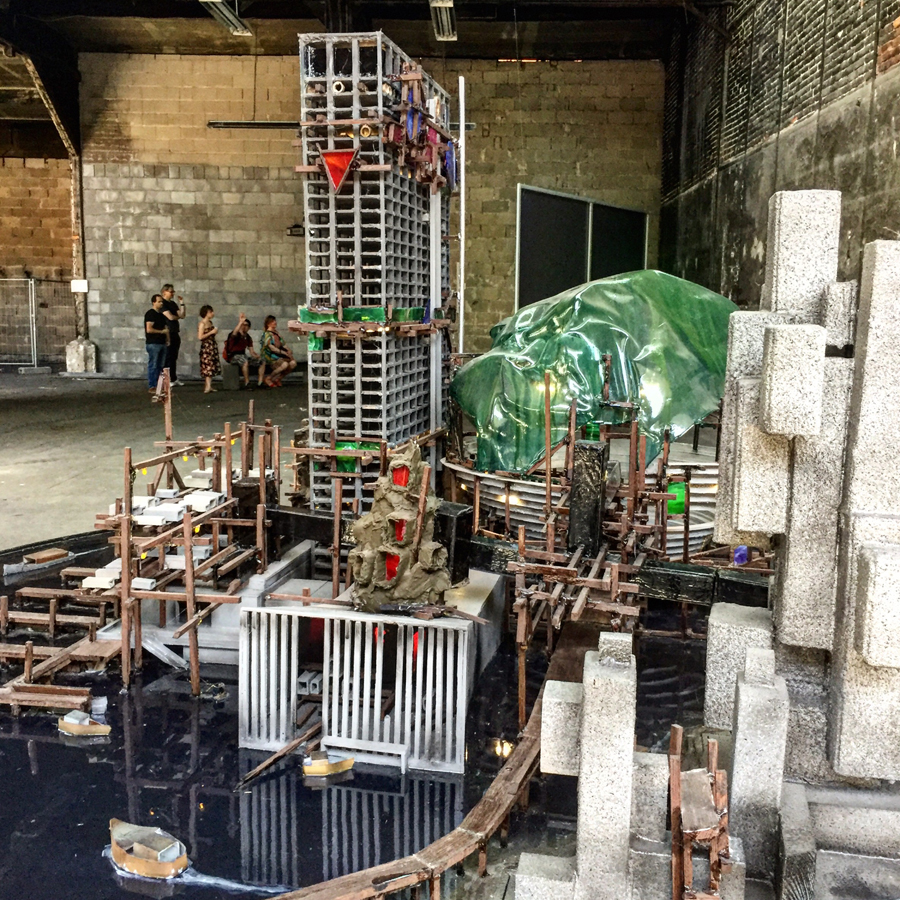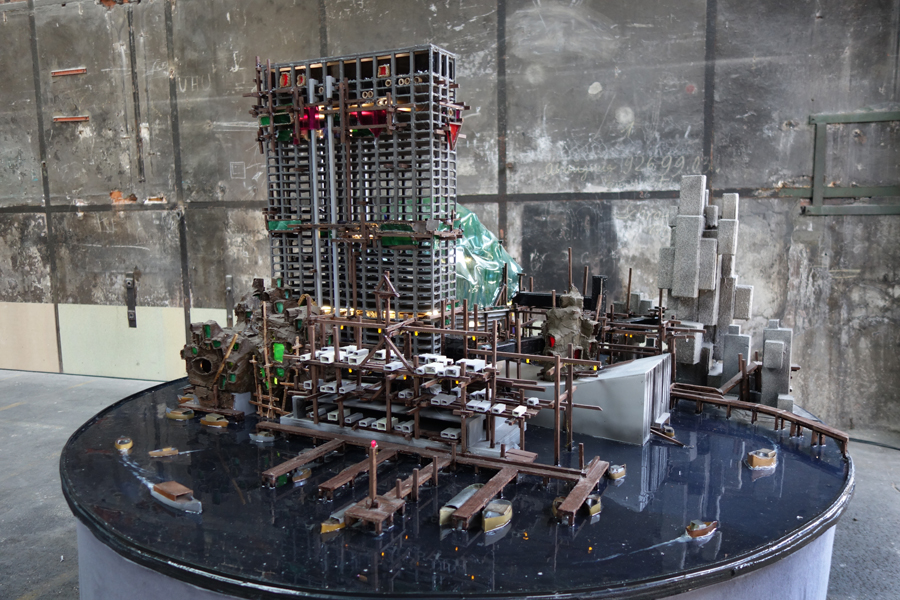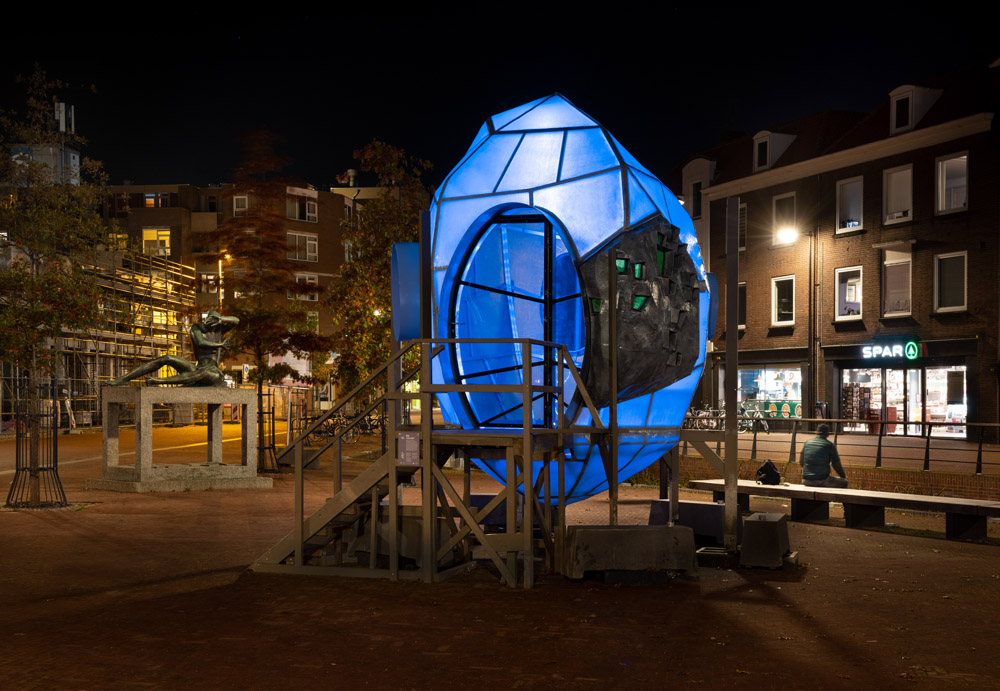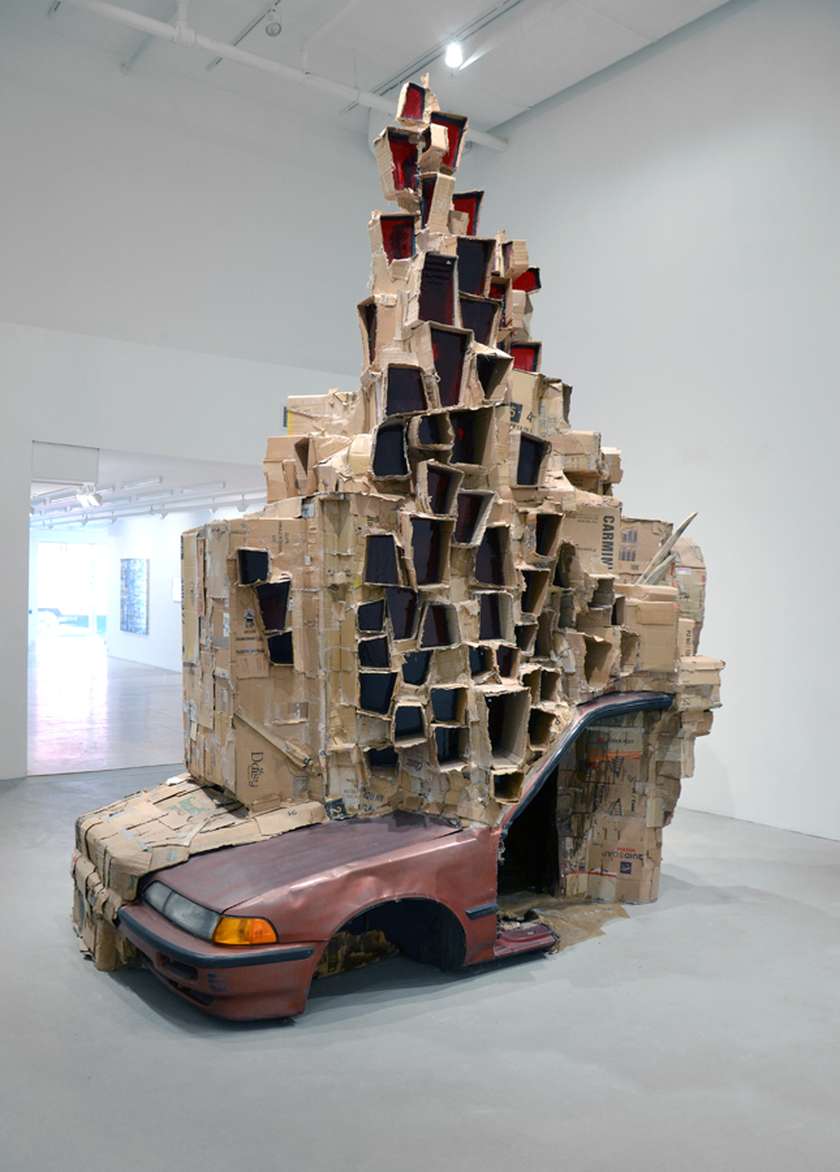
Rob Voerman’s massive installations and sculptures examine issues of wealth, climate change, and poverty—and where our current behaviors may take us. Projects like “The Exchange” posit that the only way to save natural resources is to tether it to currency.




Elsewhere, the artist’s sculptures, drawings, and photographs “are disturbing and seductive at the same time,” a statement says. “They sketch a perfectly constructed, utopian world with apocalyptic traits, a world that is continually proliferating but is also protected, a world that has broken down but is also rising from its ashes. In addition, Voerman’s work has an important critical component: the central perspective has been abandoned for more points on the horizon, more views, for alternatives. In this way, in addition to an aesthetic, Voerman always performs an imaginary role: there are vehicles for thoughts, vehicles for change, discussion and analysis.”
See more on the artist’s site.







 Rainbow-colored mannequin legs, animal bones, skulls, and gold- these are just a few of the materials used in
Rainbow-colored mannequin legs, animal bones, skulls, and gold- these are just a few of the materials used in  At
At  The work of Brooklyn-based
The work of Brooklyn-based